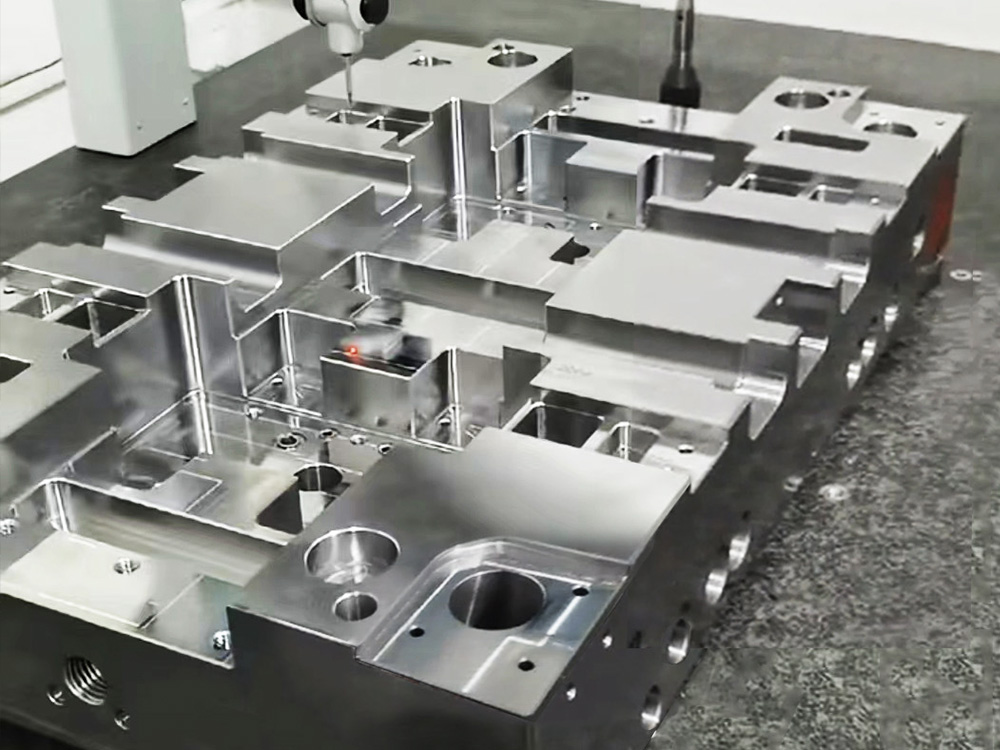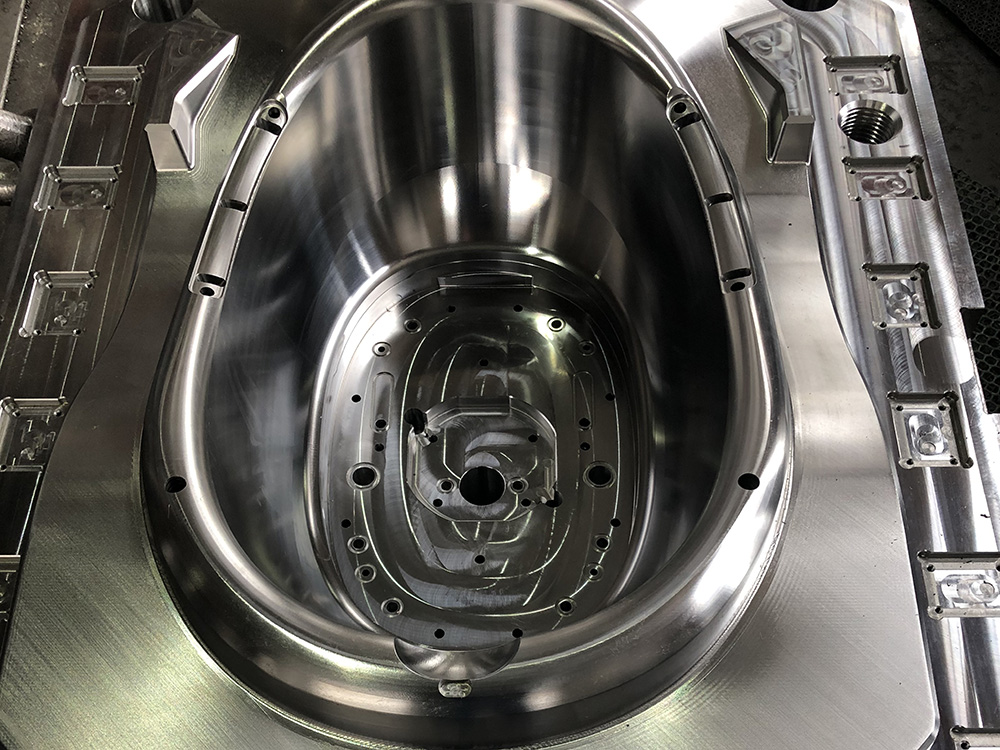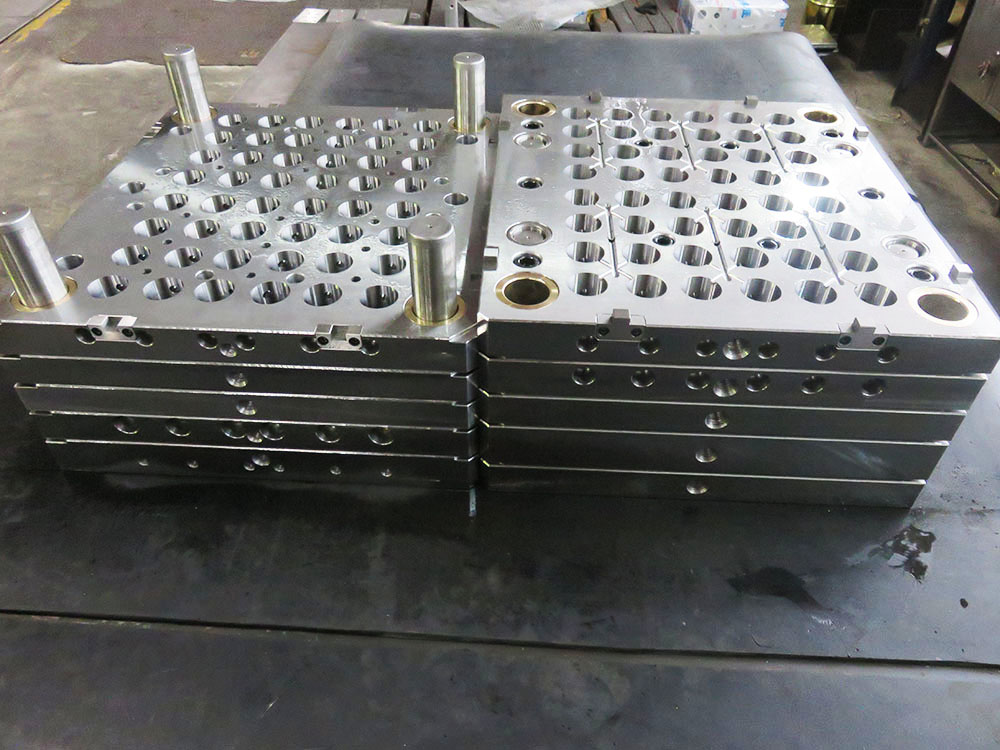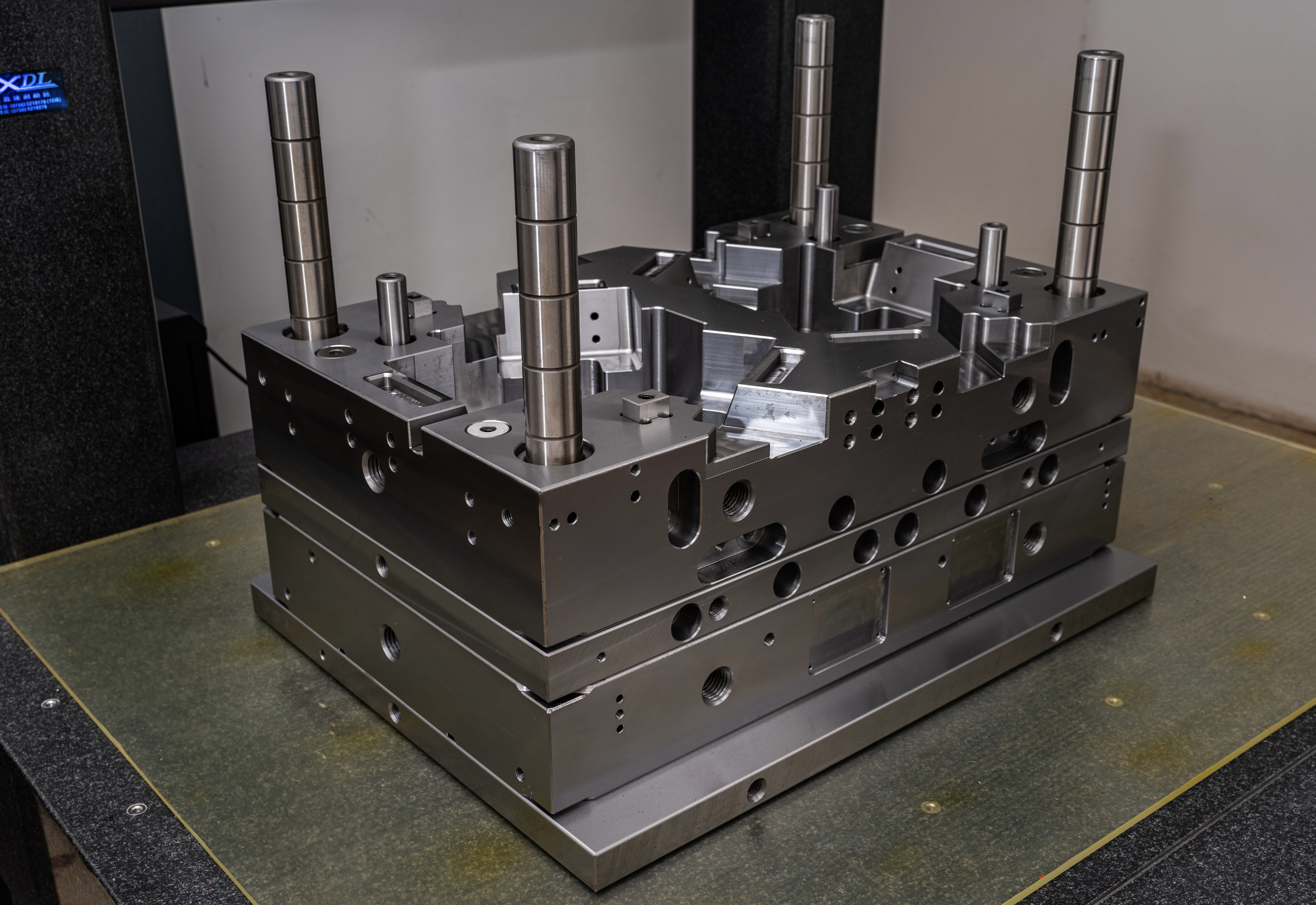Machine Making Molds: Requirement and Options
In the mold making industry, one crucial aspect is the mold base. The mold base serves as the foundation upon which the entire mold assembly is built. It provides support, stability, and precision to the mold, ensuring the successful production of high-quality parts. In this article, we will explore the requirements and options available for mold bases.
Requirements for Mold Bases
When it comes to mold bases, several essential requirements must be met to ensure optimal performance. These requirements include: 1. Material Strength: Mold bases need to be manufactured from materials that exhibit high strength and durability. Typically, this involves using alloy steels, such as P20 or H13, which can withstand the harsh conditions of the molding process. 2. Precision Machining: The mold base must undergo precise machining to ensure accurate dimensions and tight tolerances. This is critical for achieving the desired part quality and maintaining consistency in production. 3. Standardization: Mold bases often need to adhere to industry standards, such as the DME or HASCO standards. Following these standards ensures compatibility, interchangeability, and ease of component sourcing. 4. Cooling System Integration: Efficient cooling is crucial for successful molding operations. Mold bases should incorporate cooling channels or inserts to enable proper heat dissipation and minimize cycle times. 5. Ejection System Compatibility: The mold base must be designed to accommodate the ejection system. This involves incorporating features such as ejector pin holes, slides, or lifters, depending on the specific requirements of the molded part.
Mold Base Options
There are several options available when choosing a mold base. Each option offers distinct advantages and may be suitable for different applications. The common mold base options include: 1. Standard Mold Bases: Standard mold bases are pre-designed and readily available in standardized sizes and configurations. These bases offer cost-effective solutions for less complex molds and can significantly reduce lead times. 2. Customizable Mold Bases: Customizable mold bases provide flexibility in design and can be tailored to meet specific requirements. These bases allow for greater control over features, dimensions, and additional functionalities. 3. Rotational Mold Bases: Rotational mold bases are specialized for rotational molding processes. They include design considerations such as even wall thickness distribution, proper venting, and support for complex contours. 4. Insert Mold Bases: Insert mold bases are designed for molds that require various inserts or interchangeable components. These bases allow for easy replacement of inserts and facilitate the production of multiple parts with different geometries. 5. Hot Runner Mold Bases: Hot runner mold bases are used in molds that employ hot runner systems. These bases integrate the necessary components for the hot runner system, such as manifold plates and nozzle mounting features. 6. Stack Mold Bases: Stack mold bases are utilized in molds that produce multi-level or multi-cavity parts. These bases enable the stacking of multiple mold plates, allowing for increased production efficiency. In conclusion, mold bases play a critical role in the mold making industry. Meeting the requirements of material strength, precision machining, standardization, cooling system integration, and ejection system compatibility is essential for successful mold base utilization. With various options available, mold makers can choose the most suitable base type for their specific application, whether it be standard, customizable, rotational, insert, hot runner, or stack mold bases. Proper selection and integration of the mold base contribute to efficient and reliable mold manufacturing processes.




